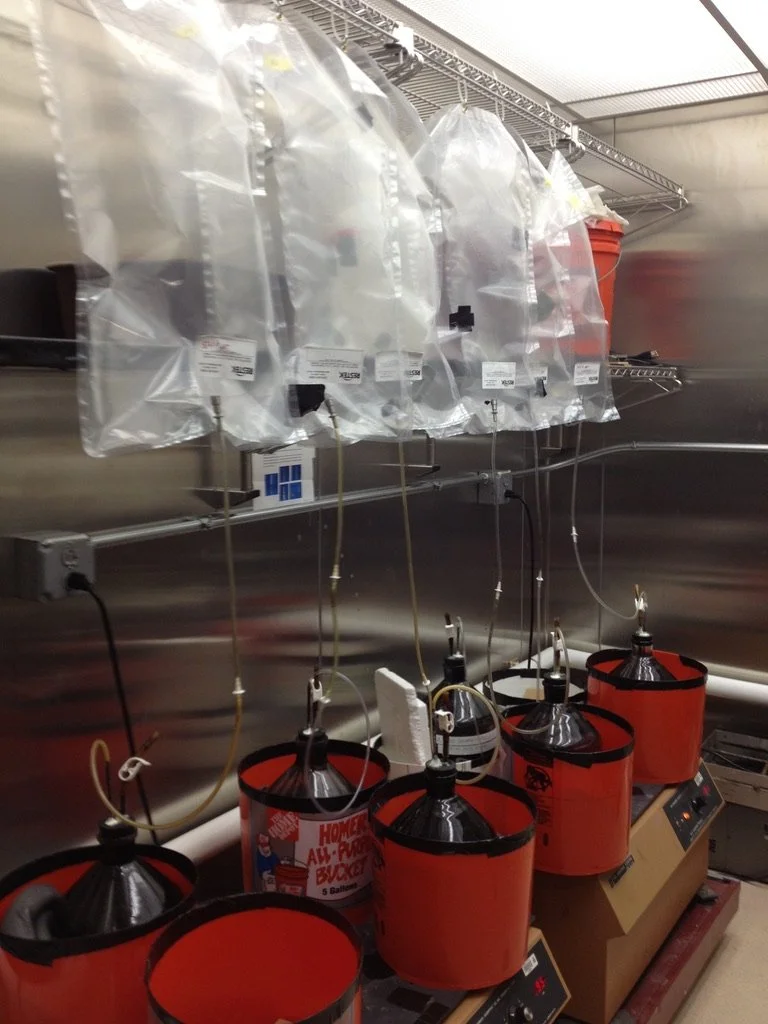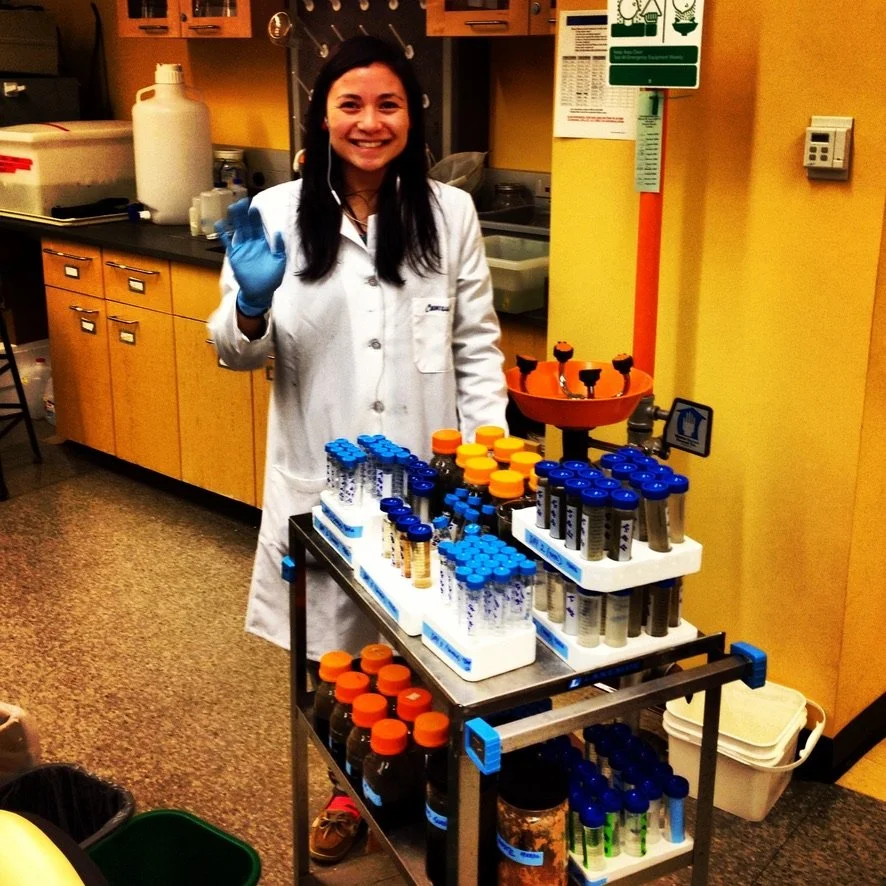Anaerobic co-digestion of sewage sludge and food waste.
Food waste and other organics represent approximately 20-25% of the waste stream in Massachusetts after recycling going to incinerators or landfills. The Draft 2010-2020 Solid Waste Master Plan calls for the Massachusetts Department of Environmental Protection (MassDEP) to divert at least 35% of food waste from disposal by 2020. Anaerobic co-digestion of food waste (FW) and sewage sludge (SS) is a sustainable approach that combines wastewater treatment with the recovery of useful byproducts and renewable biofuels. Adoption of anaerobic co-digestion could ease increasing energy insecurity and limit and emission of toxic air pollutants as well as supplement energy and value-added products.
The Massachusetts Water Resources Authority (MWRA), in conjunction with Fay, Spofford & Thorndike (FST) and the University of Massachusetts at Amherst (UMass Amherst) undertook a two-phase bench-scale study at UMass Amherst to evaluate the anaerobic co-digestion of FW and SS from the Deer Island Treatment Plant (DITP). The study’s objectives were to determine the following for several FW:SS mixtures:
Anaerobic digestibility.
Biogas production.
Volatile solids reduction.
Sidestream impacts for nutrient load.
UMass Amherst conducted the bench-scale digestion study under anaerobic mesophilic conditions at 37°C for both batch and semi-continuous phases. Daily monitoring was performed for digester biogas production, biogas composition, total and volatile solids (TS/VS), pH, alkalinity, volatile acid alkalinity and nutrients over a 150-day study period. Weekly characterization of FW and SS was also performed for the extent of the study.
The semi-continuous digestion results indicate an increase in biogas production, VS reduction and digester stability with the addition of up to 50% (w/w feed total solids) FW, in comparison to the two control digesters that were fed only SS. The maximum value of biogas production obtained was an average of 0.70 L/g VS Fed followed by 0.67 L/g VS fed from the semi-continuous co-digestion of 20% FW and 80% SS and 10% FW and 90% SS mixtures, respectively, while control digesters duplicates produced an average of 0.52 and 0.56 L/g VS Fed at a solids retention time (SRT) of 22 days. The addition of FW also increased volatile solids reduction (VSR) by VS loading, in the range of 1-17% for mixtures (66-76% VSR) in comparison to control digesters with VSRs of 65%. The study also found that semi-continuous co-digestion of 100% (w/w feed total solids) FW was found infeasible with a SRT of 28 days. The 100% FW digester was found to have an average biogas production of 0.67 L/g VS Fed for 51 days of digestion. At 31 days of digestion, volatile acid alkalinity (VAA): Alkalinity ratio increased significantly (>1.0) showing the initial sign of failure followed by a decrease in pH, alkalinity and biogas production at day 36.
The total nitrogen and total phosphorus were found to be steady among all of the digesters, with the addition of FW, in comparison to the two control digesters,. These results indicate no impact to the sidestream with regards to nitrogen and phosphorus loading, from the addition of FW. The conclusions of this study are that FW is a highly desirable substrate for co-digestion with SS at DITP with regards to increased biodegradability and methane yield, while maintaining digester stability.


